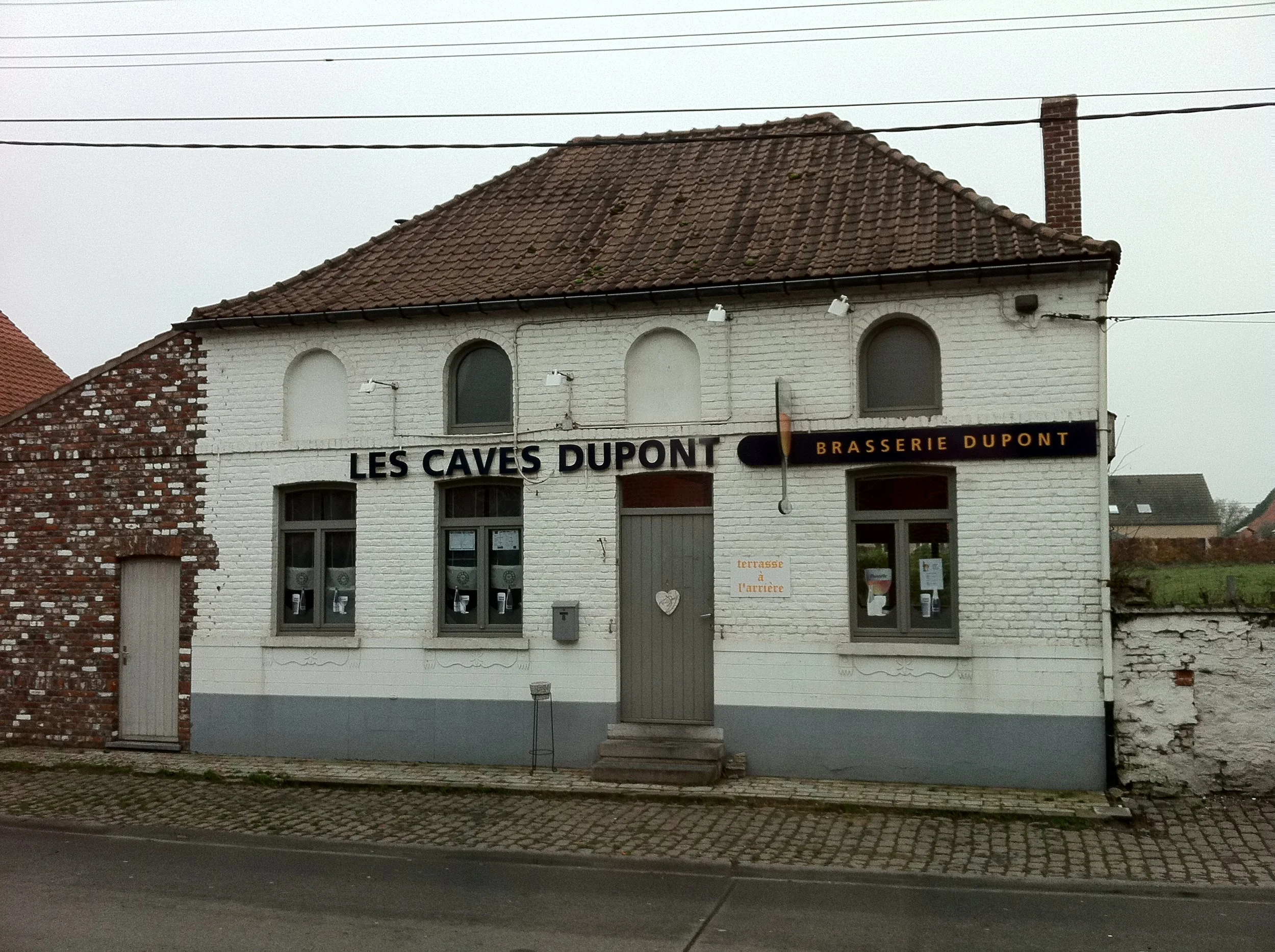Every decade or so, design trends in beer branding shift and can be seen throughout the industry. We’re currently at the apex of one of those moments—a good time to consider where we are and where we’ve been.
Read MoreLike many large multinational corporations, Carlsberg is trying to figure out how to sell beer in the craft era. Unlike most, it has unique Scandinavian challenges.
Read MoreAnother monastery has decided to start brewing in Belgium again. But in a narrative twist, this one is not Trappist.
Read MoreTwo entirely disconnected topics, paired here because I can’t stop thinking about them.
Read MoreOne brewery model seems to guarantee an avid crowd willing to pay top dollar for new releases: a blend of hazy IPAs and pastry beers supported by a youthful-urban brand of bright colors and hand-drawn art, whimsical names, and a business approach of single-release beers sold in cans. So why aren’t more new breweries replicating it?
Read MoreI spent one of my days in New York on a tour of Brooklyn breweries. Here are some descriptions and photos.
Read MoreYesterday, Dogfish Head and Boston Beer announced they were planning to merge. How will a legacy brewery with an old flagship, one increasingly focused on non-beer products, integrate with a company that has for two decades defined experimentation and reinvention for American beer? I guess we’re about to find out.
Read MoreMy words are generally prettier than my photos, but let’s start with a batch of the latter to document my time in New York.
Read MoreMcSorley’s Old Ale House has aged so little in its 165 years that it functions as a time machine for New Yorkers. And those who stop in for a visit.
Read MoreA week away from Beervana—but the blogging will go on.
Read MoreWhat does it take to revive an old beer? In the case of Truman’s 1840 Porter, a brewery in Chicago, malthouses in Massachusetts and Norfolk, England, brewers from London and Chicago, and a brewing historian.
Read More









